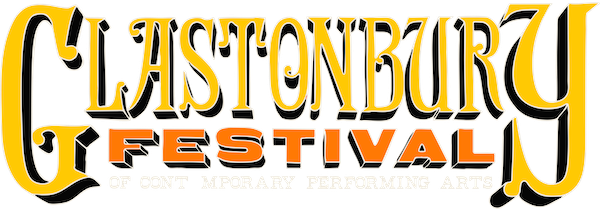This post is more than
The Green Fields – the green heart of Glastonbury Festival
29th May 2022
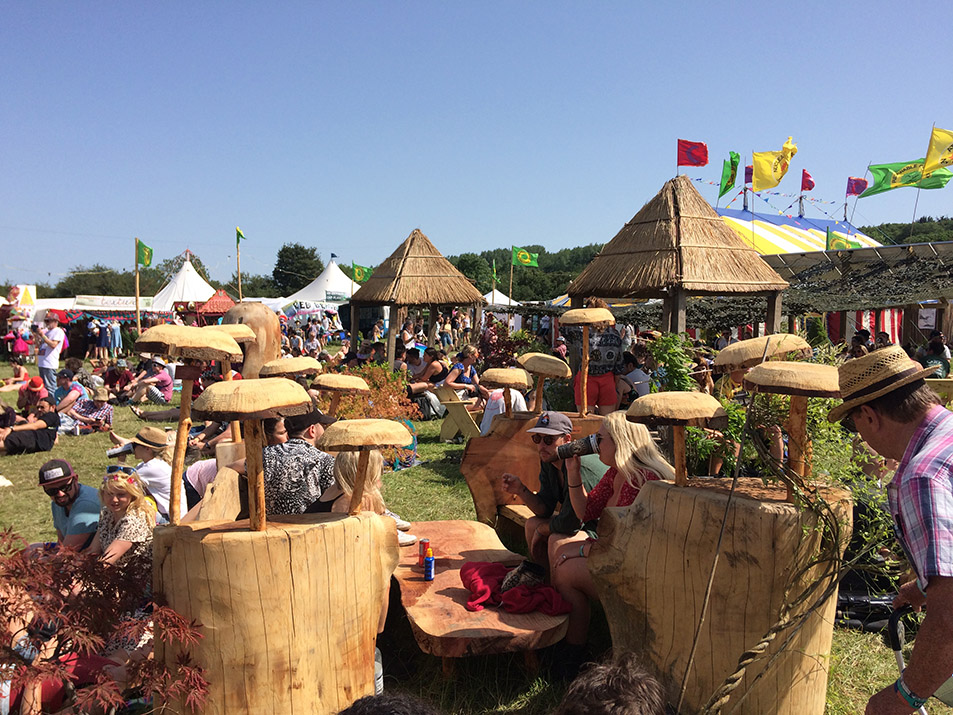
How the ethos that gave birth to Glastonbury’s Green Fields has gone on to inspire the green initiatives that drive the Festival today.
Emily Eavis is very clear on this: the Green Fields are the beating heart of Glastonbury Festival. Tucked away, south of the railway track and climbing up and beyond the Stone Circle in the Kings’ Meadow, the Green Fields are an ever-present sanctuary from the hustle of the remaining Festival site.
Made up of Green Futures, the Greencrafts Village, Healing Fields, Green Kids, Peace Garden and the Croissant Neuf stage among others, the Green Fields are a hive of productivity, natural connection and inspiring inclusivity. And like the village elder of folklore, its quiet wisdom pulses throughout the area, bleeding out beyond, into the wider Festival.
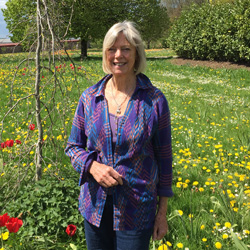 “The whole point of the Green Fields has always been to show that there is this wonderful way of living that doesn’t cost the Earth and gives you happiness and wellbeing,” says Liz Eliot, who helped start the Green Fields in 1984 and still coordinates it today. Established in a fever of environmental activism, the area was intended as somewhere to share ideas: “A place for free-thinking like-mindedness,” says Liz.
“The whole point of the Green Fields has always been to show that there is this wonderful way of living that doesn’t cost the Earth and gives you happiness and wellbeing,” says Liz Eliot, who helped start the Green Fields in 1984 and still coordinates it today. Established in a fever of environmental activism, the area was intended as somewhere to share ideas: “A place for free-thinking like-mindedness,” says Liz.
At the time, a strong anti-war and anti-nuclear sentiment was prevalent in the country: “We were concerned at the development of nuclear power, and the lack of investment in alternative energy,” says Liz. “Even then we could see that the Earth’s resources were not infinite, and that there were different ways of doing things. We thought it was very important to set an example. We wanted to get across the idea that this wonderful modern life we were living could be enjoyed sustainably.”
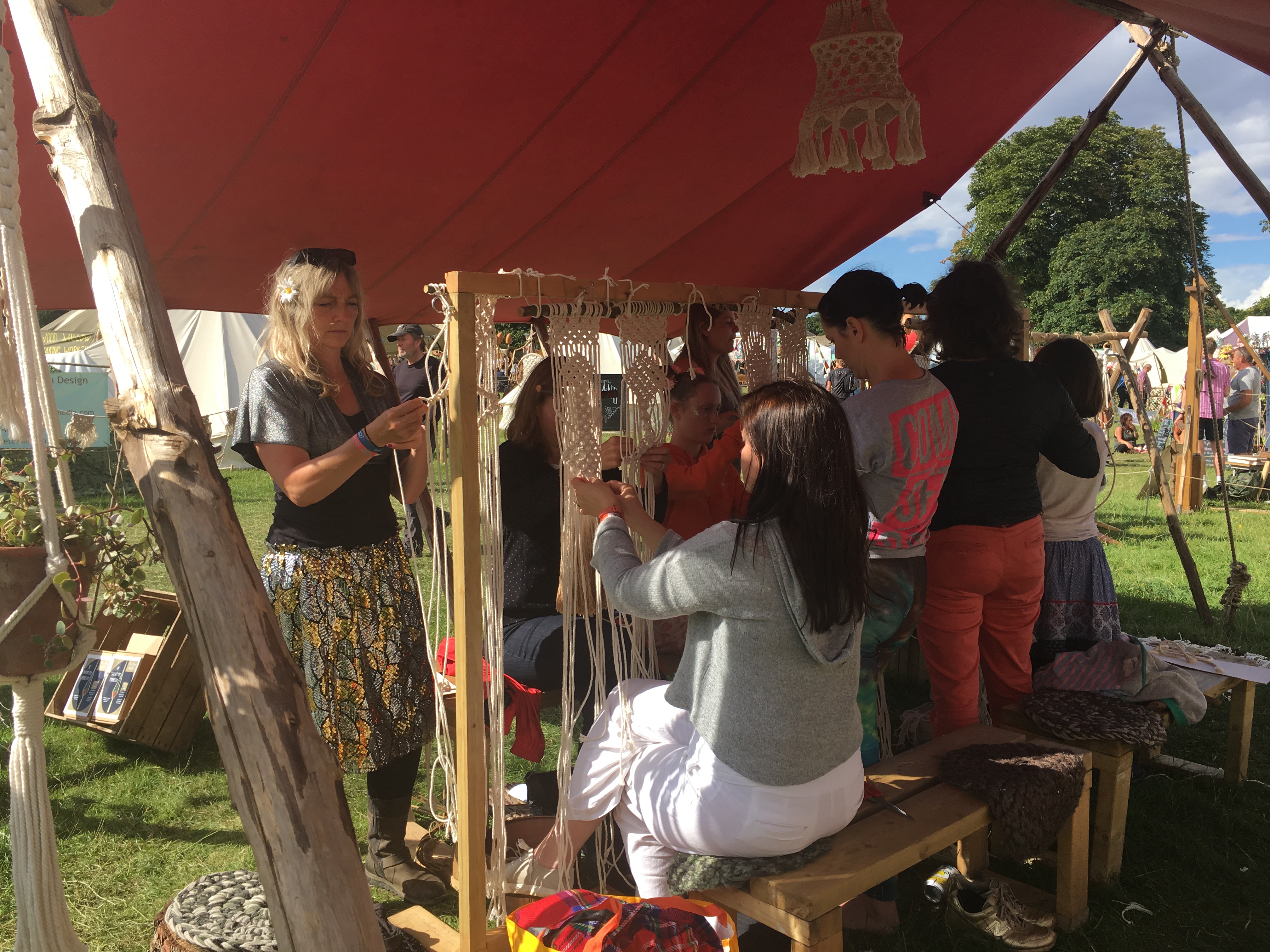
Right from the start, the Green Fields was run on renewable energy and had its own recycling and waste management system. It placed ecological awareness, knowledge and self-reliance at its centre. “It was about going back to basics,” says Liz. “We were anti-pollution, pro-solar and wind energy, but we also wanted to resurrect forgotten crafts so that we didn’t have to rely on what was being mass-produced. We wanted to show everyone how well we could live, simply.”
Thirty-eight years later, that same ethos continues to run throughout the Green Fields. The 1,000-capacity Croissant Neuf stage – whose humble boards were once graced by Ed Sheeran – has always been, and is still, run on solar power. Traditional skills, like stonework and carpentry, weaving and jewellery-making, are rekindled in the Greencrafts Village. While in Green Futures, guest speakers and inclusive discussions are designed to inspire free thinking and put the fire of change in your belly. The Healing Fields is a place to take stock, find calm and centre yourself, as did His Holiness the Dalai Lama when he visited in 2015.
Today the area is a vibrant hub of creative energy permeated with the glow of eco-conscious activism. And crucially, this Green Fields’ passion has also come to define Glastonbury Festival as a whole. The Festival’s Green Pledge – to work together to look after the land and leave no trace – and its green policies are founded on the ideas sown and grown in the Green Fields. From the 1,500 metre square solar farm on the cow shed roof to the new anaerobic digester converting farm waste to clean energy, the Festival is harnessing new technology. There’s also the on-site recycling facility and a wholesale market to help cut emissions and regulate produce, while stall-holders must meet the Festival’s Green Trader sustainability standards.
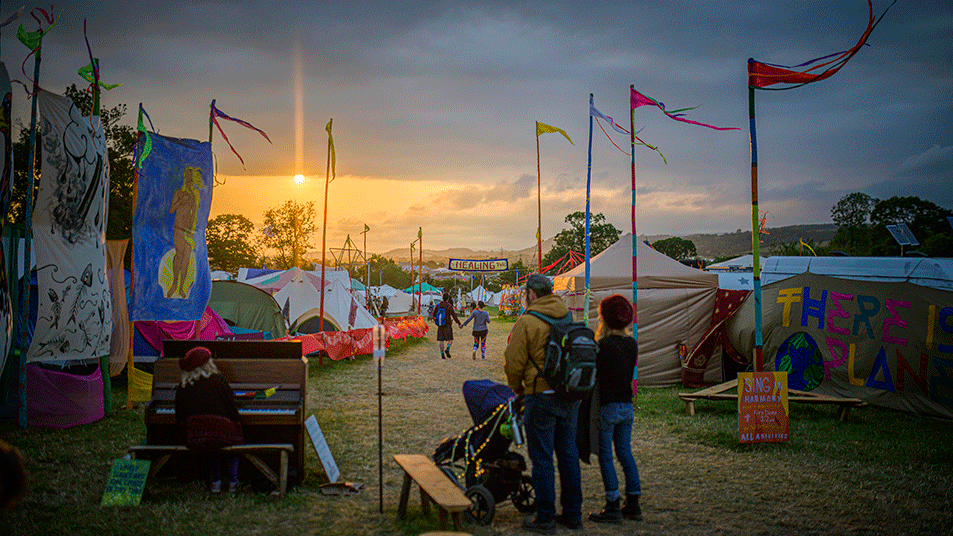
In 2019, the Festival’s ban on the sale of single-use plastic bottles saved over a million plastic bottles from waste. Inspired to do more to draw attention to other forms of avoidable single-use packaging, this year, the Festival has worked hard to ensure that the crisps for sale on site are sold in compostable bags. As with the continuing plastic bottle ban, the hope is that this will inspire everyone to think about our daily plastic and single-use consumption, because even the smallest change can really make a difference.
From glorious compost-creating eco-friendly loos to free drinking water, and through close ties with charity partners Oxfam, Greenpeace and WaterAid, notions of reducing waste and softening our impact on our environment are intrinsic in the fabric of the Festival, and, we hope, will rub off on those who visit.
But these ideas have all sprung from the fount of the Green Fields. And this is still where the green heart of the Festival lies. “When you step into the Green Fields, it’s like stepping out of everyday life,” explains Liz. “You can take a moment, ground yourself and reset somewhat. And I think that’s really important. That’s when you start to become aware of different ideas and different ways of doing things. And that is when you can begin to – ever so slightly – change the direction of the world.”
….
Ways to channel the Green Fields’ spirit:
Try your hand at a new skill. From avocado carving to metal work, there is endless inspiration to be found in the Greencrafts Village.
Join the debate. The Speakers Forum holds daily Q&A sessions with each day’s speaker.
Uphold your Green Pledge. Use the bins and keep the farm tidy. Don’t pee on the land and always leave not trace.
Travel green. To help reduce emissions and impact the local climate, please come to the Festival by train, bus, cycle or share lifts to help reduce the number of cars driving to the Festival.
Reduce – reuse – refill. Take full advantage of the free, home-quality drinking water available on site.
Use the compost loos. Peeing on the land leaches into the waterways that cross Glastonbuy’s site, harming wildlife and threatening the Festival’s licence. While the compost farmed in our loos will go on to fertilise local land.
